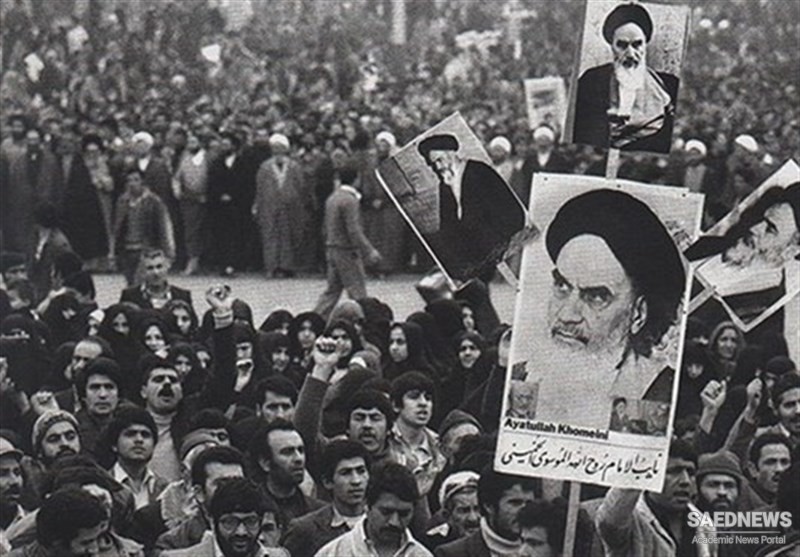In addition to mounting economic difficulties, sociopolitical repression by the shah’s regime increased in the 1970s. Outlets for political participation were minimal, and opposition parties such as the National Front (a loose coalition of nationalists, clerics, and noncommunist left-wing parties) and the pro-Soviet Tūdeh (“Masses”) Party were marginalized or outlawed. Social and political protest was often met with censorship, surveillance, or harassment, and illegal detention and torture were common.For the first time in more than half a century, the secular intellectuals—many of whom were fascinated by the populist appeal of Ayatollah Ruhollah Khomeini, a former professor of philosophy in Qom who had been exiled in 1964 after speaking out harshly against the shah’s recent reform program—abandoned their aim of reducing the authority and power of the Shiʿi ulama (religious scholars) and argued that, with the help of the ulama, the shah could be overthrown (Source: Britanica).



 Islamic Revolution in Iran: Struggle for Democracy and Freedom
Islamic Revolution in Iran: Struggle for Democracy and Freedom














































